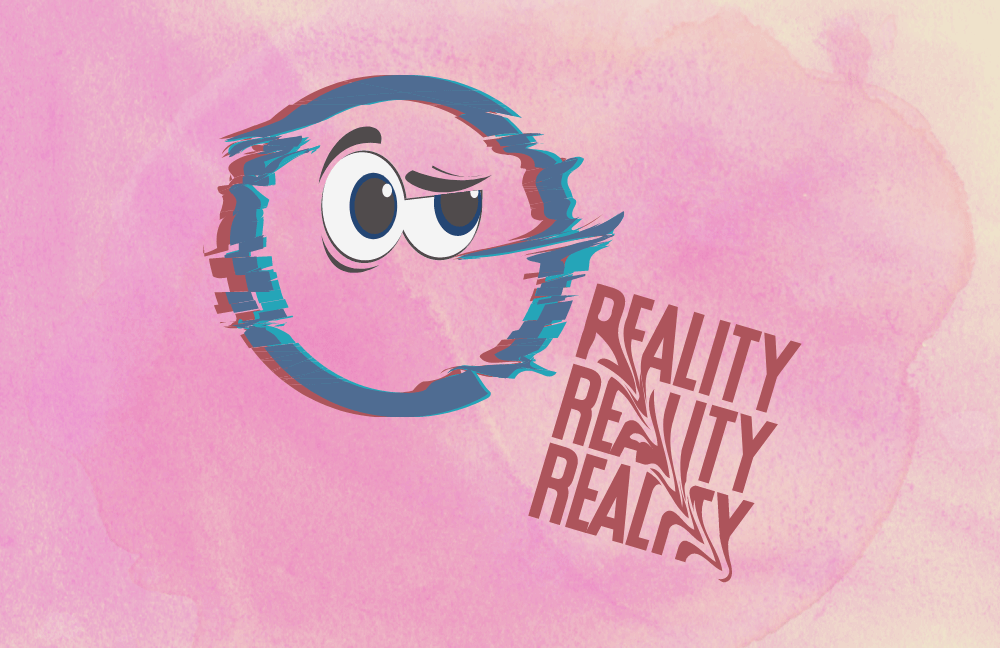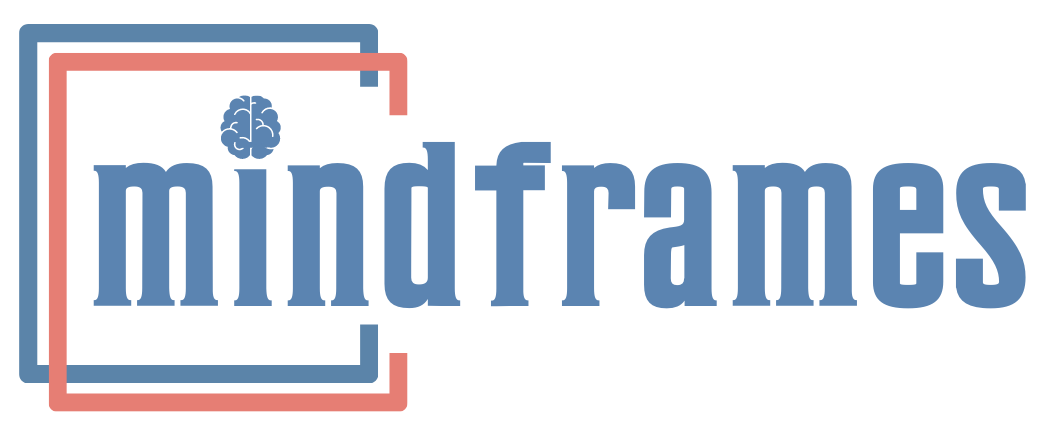Family Conflict
Family: A Unified Unit?
A family is made up of individuals who live together during important periods in their life and are bound by birth, or a social relationship. We look outward to learn, diversify and expand our plumage; but we get back on secure ground only if our family foundation is strong.
While families in the west promote self-sufficiency and are ‘individualistic’, most Indian families on the other hand encourage interdependence and are ‘collectivistic’. They are famed for their physical, spiritual and emotional support in times of stress. Their collectivistic nature offers security and encouragement, independent of geographical distances. In fact, joint families act as buffers to the impact of crises. The World Health Organization (WHO) has emphasized the influence of family support in dealing with psychological turmoil.
Family Conflict: Interdependence to Independence
In classic Indian joint families, the eldest in the home are responsible for maintaining wellness by delegating responsibility to younger members. For most of the 20th century, joint families boasted of this obedience. However, hierarchical structures are an enemy that hinders open communication of thoughts and feelings. Newer entrants could oppose traditional family members for their rigid and conformist attitudes.
Harmonious family associations influence trust in every other relationship, according to the attachment theory; and poor family connections lead to insecure relations all throughout life. Changes in structure, lifestyles and personalities, are reforming dynamics between family members. These alterations are loosening the ties that bound families together. Often there may be a façade of harmony on the surface, but unrestful undercurrents beneath. This is a cause for worry as family ties determine outside relationships significantly.
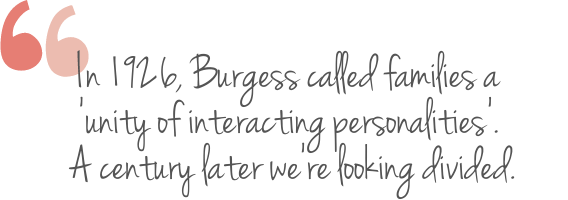
Why Family Stress
Conflict occurs when opinions or aspirations of family members differ, leading to stress. Inter-generationally as well as intra-generationally, emotional gaps are widening, and clashes that were generic to the west are now plaguing the modern Indian family. People are marrying later than before, selecting partners from different castes and backgrounds, and often living-in without getting married. Many couples live separately due to differing work locations. Stressful lives, two working parents, shared domestic responsibilities and child rearing differences are all novel problems faced by 21st century Indian households. All contributing to unrest and conflict.
Why Family Conflict
- Marrying later than before
- Choosing inter-caste partners
- Living-in without marriage
- Partners living apart for work
- Ambiguity in gender roles
- Shared home responsibilities
- Child rearing differences
- Widening emotional gaps
Why Adolescent Conflict
- Opposite gender friendships
- More sexual experimentation
- Cultural differences in opinion
- Widened generation gap
- Enhanced external influence
- Voluminous peer pressure
- Greater freedom of expression
- Lesser inhibitions with parents
Indian Adolescent Turmoil
Research affirms that Indian parents have high academic demands from their children and often use autocratic practices, which only enhance their child’s academic stress. This, coupled with cultural differences regarding night-outs, opposite gender friendships, and sexual experimentation; increases the emotional distance between parents and adolescents. Not surprisingly, with every passing generation, parents are seeing their children as more rebellious, defiant and disrespectful than they themselves were.
The broadened definition of equality has also rendered family relationships ‘fragile’. Everyone wants to be treated equally: express their preferences, make personal choices and tread their own path. They are willing to fight their struggles alone, even if that path is lonely. There is a shift from ‘authority’ to ‘autonomy. Freedom of choice is prevailing over hierarchies; hence the traditional walls of the family kingdom are crumbling as they move their interpersonal foundation from interdependence to independence.
Family Arguments
Scholars are particularly interested in the role of communication styles in arguing family members. Family members can get quite impatient with each other. Given the degree of emotional investment and interaction between them, differences are expected; but expressing them without restraint gets unsettling. Adolescents and adults report greater disagreement and negativity within their family, in comparison to their friendships, or co-worker associations. In a study analysing self-reported conflict, 80% of married couples agreed to have been unpleasant arguing once a month, while 6% admitted that this occurred weekly. High school adolescents had an average of 7 arguments per day, with parents being one of the top three contenders.
Family Stress
Chronic negativity in families, manifested through insolent verbal and non-verbal behaviours, leads to an environment of stress in the household. Conflicting partners fail to express emotions openly, are less appreciative, and with time; become less sexually intimate. Inter-sibling skirmishes lead to coldness, which persists into adulthood. Parent-child disagreements motivate negative peer influence, pushing vulnerable adolescents into disruptive behaviours and identity crisis. The rising differences among the newer generations are leaving elders in the household disillusioned and neglected. Families are becoming disharmonious and family stress is on the rise.
MindFrames: Building Family Cohesiveness
With increasing longevity, there is greater opportunity for interaction, support and confluence in families. A healthy family is an autonomous, self-contained unit that respects independence. When multiple generations live together in harmony, they establish a ‘latent network’ that enhances interpersonal support. ‘Negotiation’ involves cooperation and dynamic communication, whereas ‘fighting’ entails competitiveness, arguing and insolent interactions.
Negotiation
Fighting
By relating to each other respectfully, we encourage family members to gain consensus on decision making and house rules. This allows harmony in spite of individual differences. Family therapy incorporates principles of CBT and CBT to modulate interpersonal dynamics; and uses behavioral principles to bridge attitudinal differences between members. As a psychiatrist and psychotherapist practicing distinctive therapies, Dr Shefali guides you through cognitive, mindfulness and neurobehavioral milestones to help you think, feel and behave more purposefully within the family unit. Cognitive restructuring breaks prejudices, enhances agreeableness, curtails arguing, and increases interpersonal tolerance; thus, stimulating greater family communion.
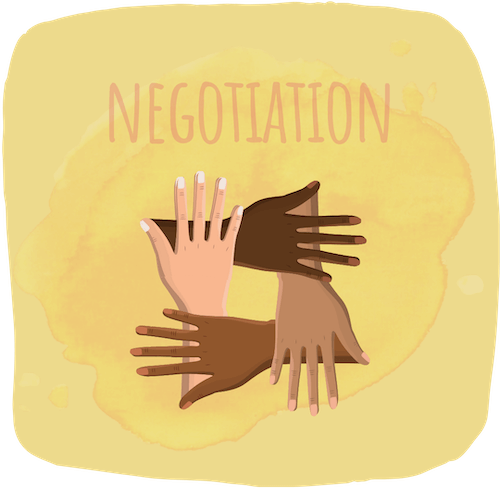
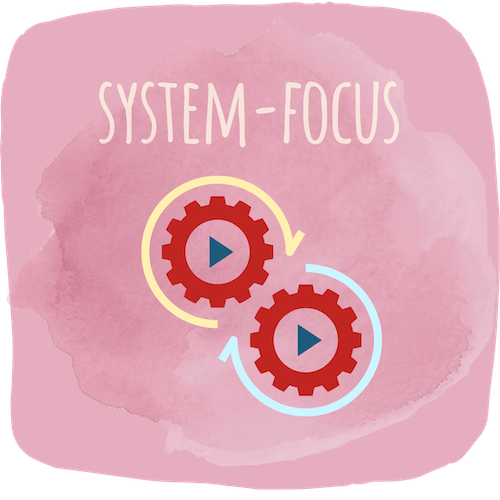


References
- Chadda, R. K. & Deb, K. S., (2013). Indian family systems, collectivistic society and psychotherapy. Indian J Psychiatry 2013;55, Suppl S2:299-309
- Bengtson, V. L., & Harootyan, R. (Eds.) (1994). Intergenerational linkages: Hidden connections in American Society. New York: Springer.
- Burgess, E. W. (1926). The family as a unity of interacting personalities. The Family, 7, 3–9.
Latest Posts
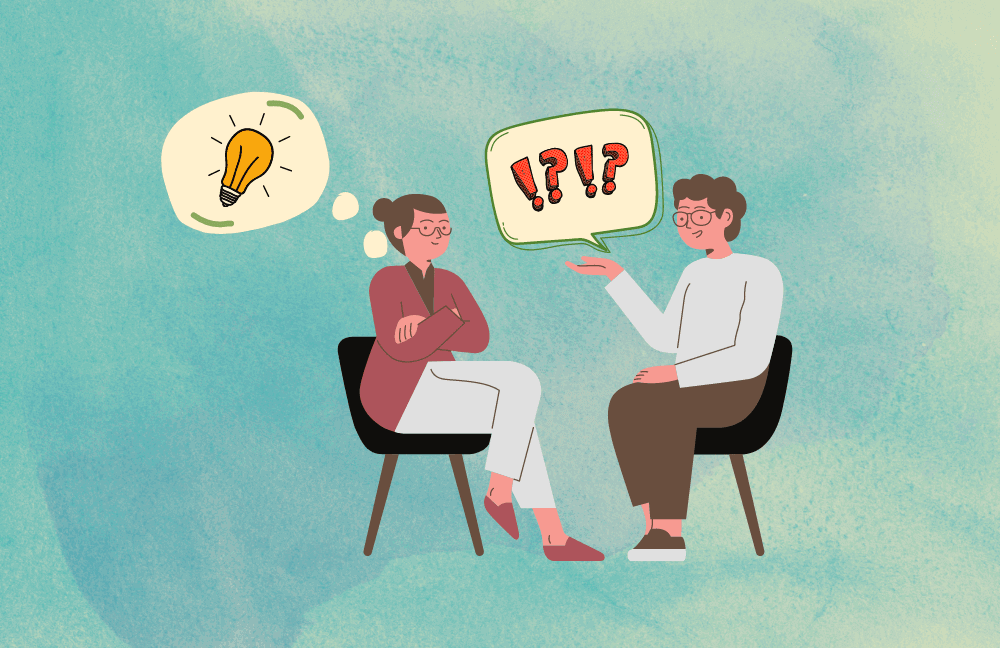
7 Reasons Why You Should Seek Therapy
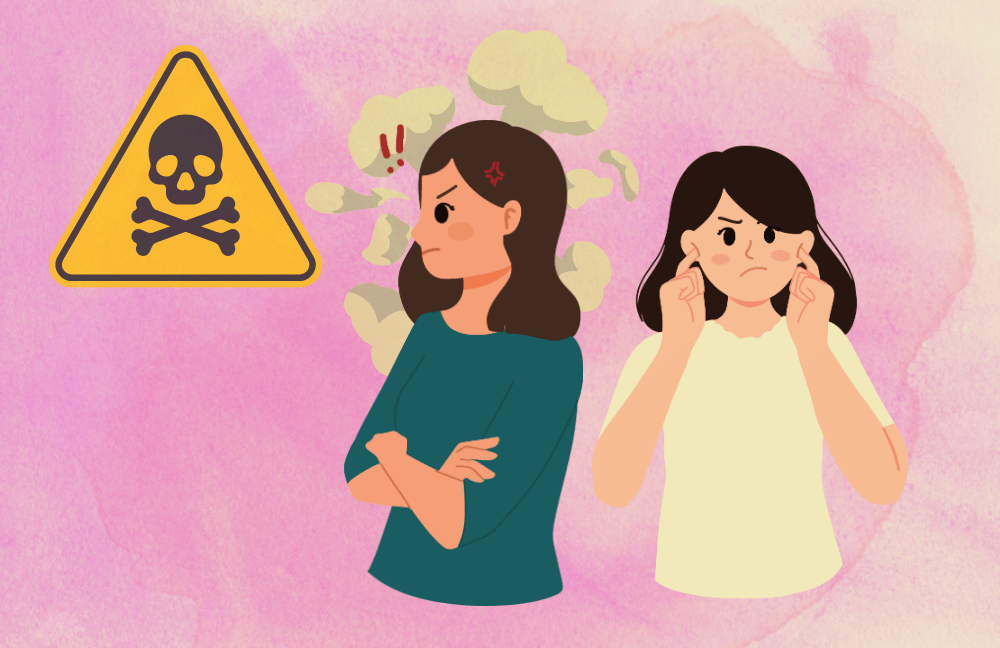
5 Ways To Deal With A Toxic Coworker

Journey: Why Is It Something No-one Talks About?

Money vs. Happiness: Who Is Winning the Desperate Race?
